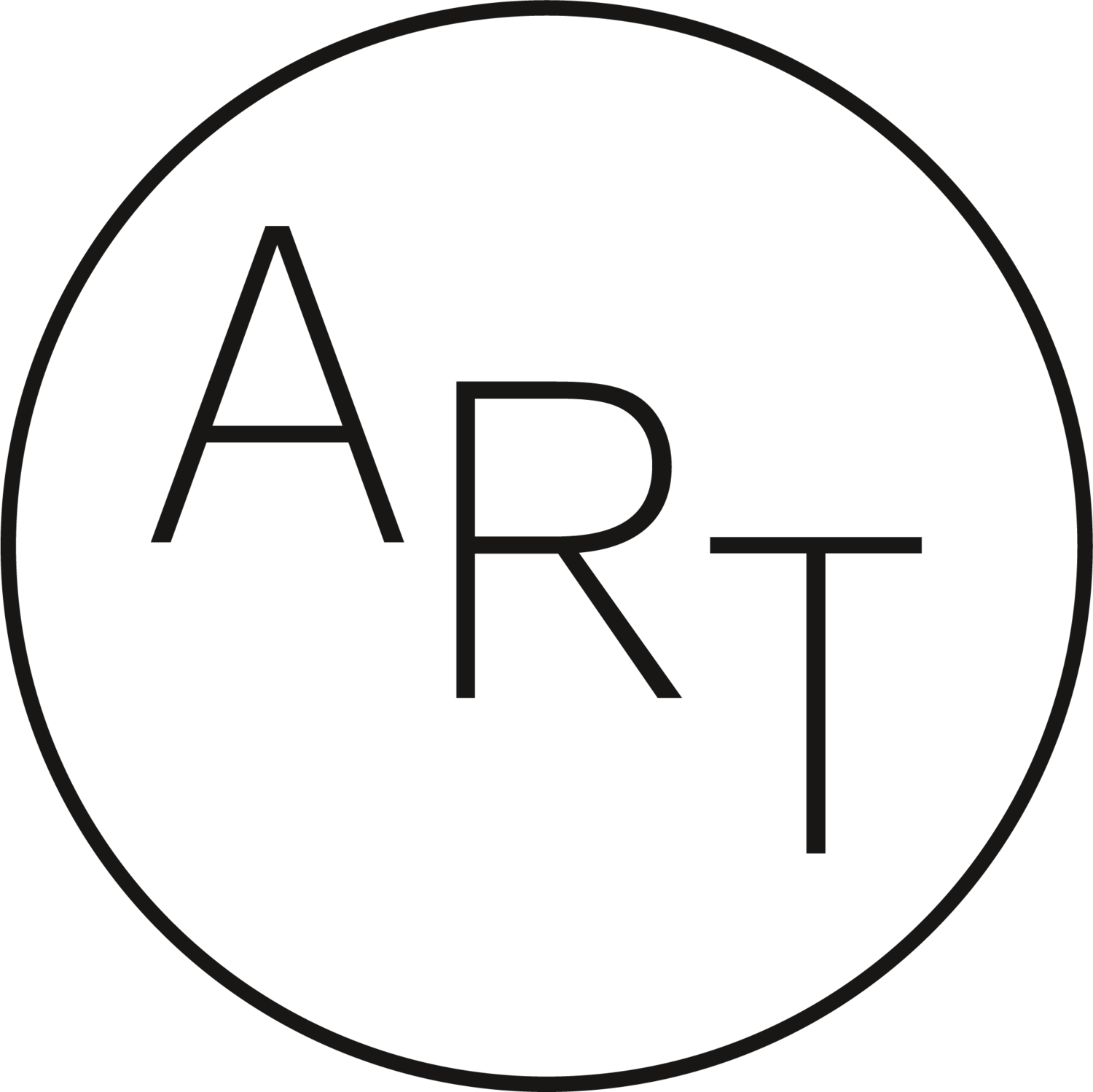Organized in association with the National Museum of the Republic of Kazakhstan the exhibition is part of a global cultural initiative with shows in New York, London and Korea.
September 25 – October 20, 2018
MOMENTUM, Kunstquartier Bethanien: Mariannenplatz 2, Berlin
Bakhit Bubikanova, New Year's Postcard, 2015. Courtesy the artist and Focus Kazakhstan
The Focus Kazakhstan Berlin exhibition Bread and Rosesexamines the work of four generations of Kazakh woman artists created since 1945. The exhibition, and its related artist residency program, with nearly 30 artists offers a fresh perspective on both modern and contemporary Kazakh art and culture. It proposes a broader model for considering art made by women in other post-Soviet and post-colonial contexts. The history of the Soviet Kazakh SSR with the rapid development of the Republic of Kazakhstan since its foundation in 1991, have created a melting-pot of ideas and influences between east and west that are expressed dynamically in its contemporary art production.
Bread and Roses will present work by Anar Aubakir, Lidya Blinova, Bakhyt Bubikanova, Gania Chagatayeva, Vera Ermolaeva, Zoya Falkova, Aisha Galimbaeva, Tatiana Glebova, Gulfairus Ismailova, Kreolex Zentr (Maria Vilkovisky & Ruth Jenrbekova), Gaisha Madanova, Aigerim Mazhitkan, Almagul Menlibayeva, Gulnur Mirzagalikova, Gulnur Mukazhanova, Katya Nikonorova, Saule Suleimenova, Gulmaral Tatibayeva and Lena Vorobyeva.
Emerging Kazakh women artists are prefaced in the show by a group of eminent forerunners who have remained more or less invisible within the history of Soviet, Kazakh and world art. Against the tumult of Stalinist repression and its aftermath, the work of these women has forged a bridge between traditional Kazakh arts, crafts and ways of living, the Soviet avant-garde of the 1920s and 30s, socialist realism and a completely new approach to art making that emerged from the beginning of the 1980s. The works that these ‘great grandmothers,’ ‘grandmothers,’ ‘mothers,’ and daughters of contemporary Kazakh art have produced reflect disparate backgrounds, struggles and life experiences.

